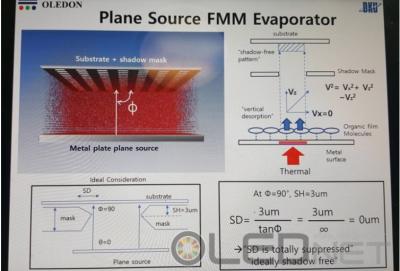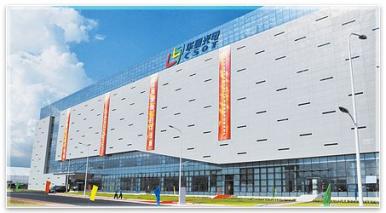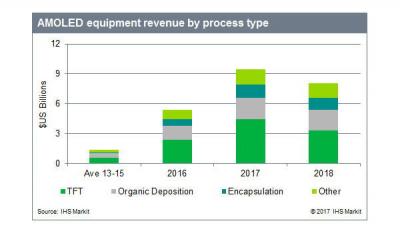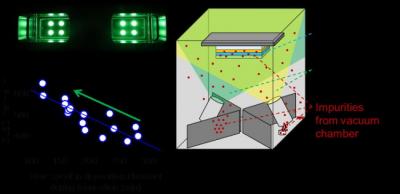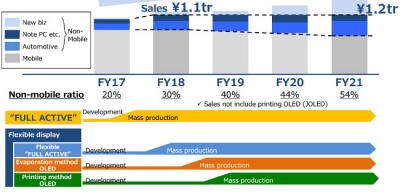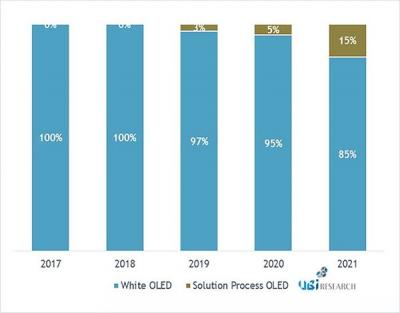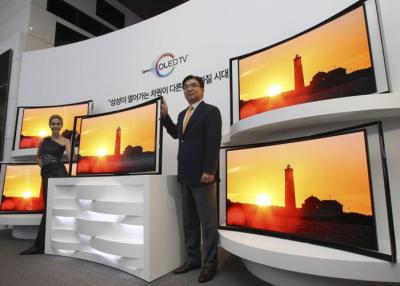IHS: the AMOLED FMM market will reach $1.2 billion in sales in 2021
Analysts from IHS say that as AMOLED displays continue to replace LCD displays and the AMOLED market is growing quickly - the market for fine metal mask (FMM) components will also experience fast growth in coming years.
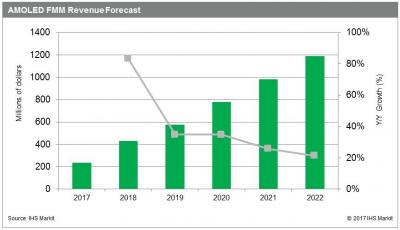
IHS sees the FMM market in 2017 generate $234 in revenues. The market will grow at a compound annual growth rate (CAGR) of 38% until 2022 - to reach $1.2 billion. IHS says that FMM production is a challenge and FMM technology has become a bottleneck as display resolution is increasing and the number of FMM suppliers is limited. The leading producer is Dai Nippon Printing, and the company's FMM masks are using to produce the majority of AMOLED displays.
